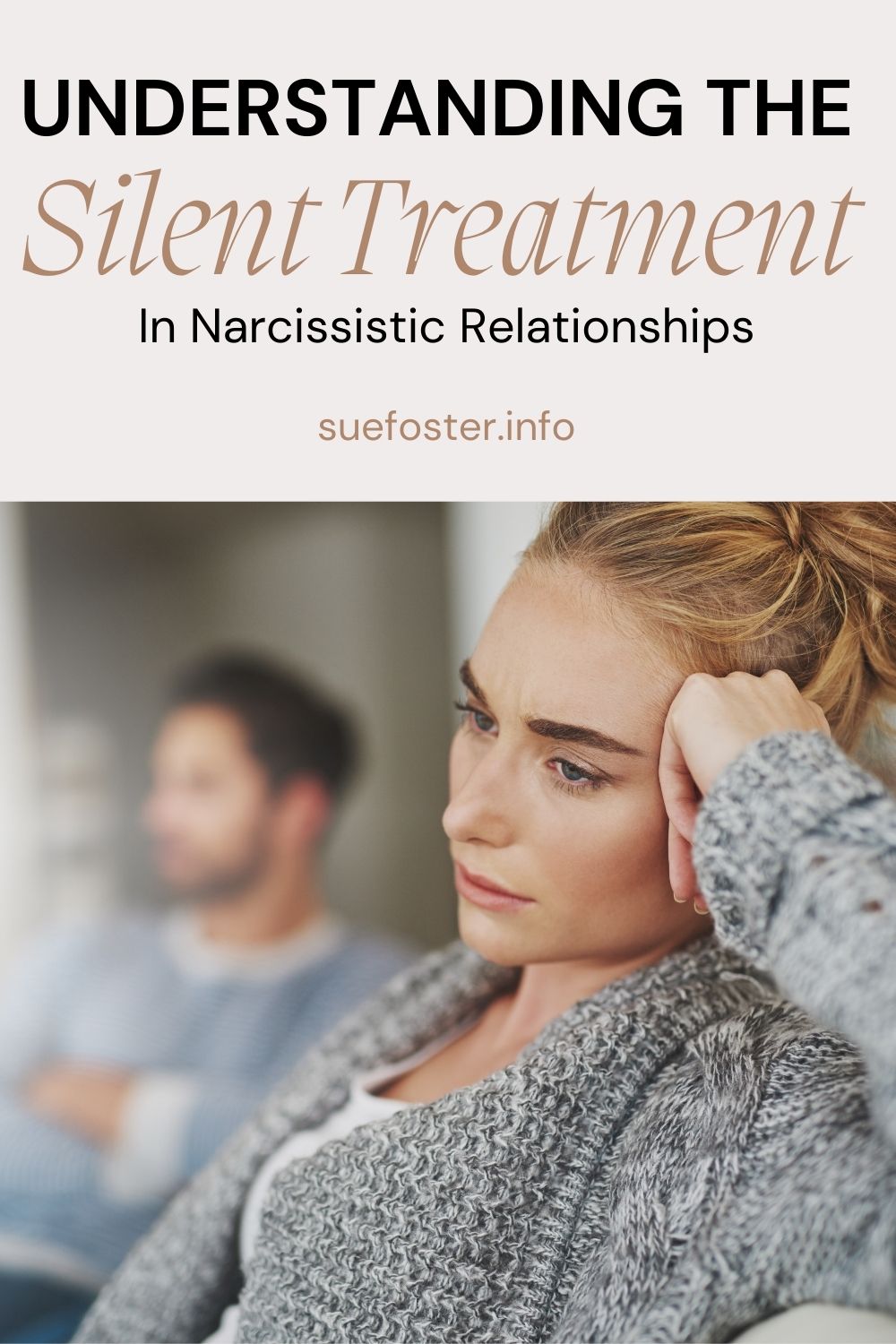Silent treatment is a form of emotional abuse often employed by individuals exhibiting narcissistic behaviours. This toxic tactic is their way of gaining control and punishing others by withdrawing their presence or attention. It can be devastating, leading to feelings of worthlessness and fear in the victim.

Why Good People Become Targets
Good people, especially those with empathetic tendencies, can become easy targets. Narcissists are attracted to these individuals as they’re more likely to forgive and seek resolution, satisfying the narcissist’s craving for control and validation.
The Power Imbalance and Toxic Cycle
The silent treatment creates a power imbalance, manipulating the situation to the narcissist’s benefit. When the silence ends, there’s a sense of relief, often misinterpreted as a resolution. This perpetuates a vicious cycle of abuse, teaching the narcissist they can control emotions using silence.
It’s Not You, It’s Them
Remember, if you find yourself on the receiving end, you’re not the problem. The narcissist’s use of silent treatment is a reflection of their issues and insecurities, not your worth or value.
Is Silent Treatment a Red Flag?
Yes, the silent treatment can be considered a red flag in relationships. When someone consistently employs silent treatment as a means of resolving conflicts or controlling the dynamics in a relationship, it can be a sign of unhealthy behaviour. It can create a toxic and harmful environment where open communication and emotional well-being are compromised.
Experiencing the silent treatment regularly can lead to feelings of confusion, anxiety, self-doubt, and a diminished sense of self-worth. It can erode trust, hinder problem-solving, and prevent the healthy resolution of conflicts.
If you are in a relationship where silent treatment is a recurring pattern, it is important to recognize it as a red flag.
How Do You Respond to the Silent Treatment?
Responding to the silent treatment can be challenging, but there are strategies you can employ to navigate the situation:
- Stay Calm and Self-Reflect: It’s important to manage your own emotions and not let the silent treatment escalate your frustration or self-doubt. Take time to self-reflect and assess the situation objectively.
- Communicate Your Feelings: Express your emotions calmly and assertively. Let the person know how their silent treatment is impacting you and that you value open and honest communication. Use “I” statements to avoid sounding accusatory.
- Set Boundaries: Clearly define your boundaries and communicate them to the person using the silent treatment. Let them know that you expect respectful and open communication and that silent treatment is not an acceptable approach to conflict resolution.
- Avoid Escalation or Begging for Attention: It may be tempting to try to break the silence by escalating the situation or pleading for attention. However, this rarely leads to a positive outcome. Instead, maintain your dignity and respect for yourself.
- Consider the Relationship’s Health: Evaluate the overall health of the relationship. Chronic use of silent treatment can be a sign of deeper issues. Assess whether the relationship is healthy and whether the silent treatment is a pattern that can be addressed and resolved.
Remember, you cannot control the actions of others, but you can control your response and how you choose to take care of yourself.
Breaking the Silence: Support and Boundaries
Seek support, establish boundaries, and understand it’s okay to walk away. You deserve respect and open communication. Don’t let anyone’s silence make you question your self-worth.
Escaping the Narcissist: Seeking Help
Breaking free from a narcissistic relationship can be tough, but it’s essential for your emotional health. Don’t hesitate to reach out to professionals if you’re struggling. Always remember, silence isn’t golden when it’s used to control.
Ready to empower yourself and gain insights into narcissistic behaviour? Check out these helpful books:
“The Narcissist’s Playbook: How to Identify, Disarm, and Protect Yourself from Narcissists” by Dana Morningstar
“Becoming the Narcissist’s Nightmare: How to Devalue and Discard the Narcissist While Supplying Yourself” by Shahida Arabi
“Psychopath Free: Recovering from Emotionally Abusive Relationships with Narcissists, Sociopaths, and Other Toxic People” by Jackson MacKenzie
Equip yourself with knowledge, strategies, and insights to break free from toxic dynamics. Take the first step towards healing and reclaiming your power.
Enjoy this Post? Support Sue Foster on Ko-fi


